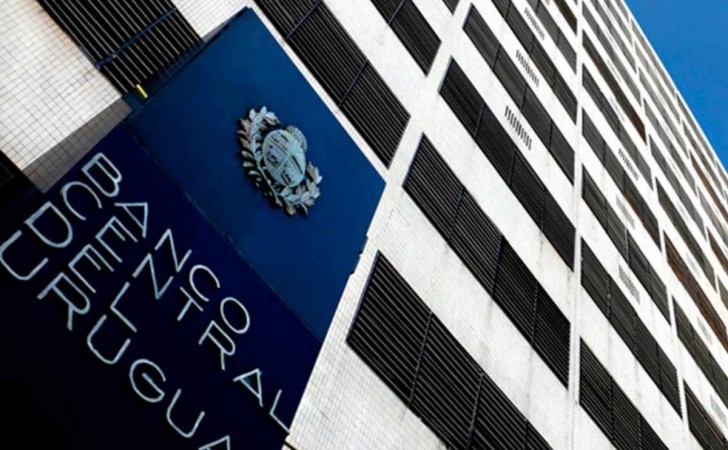
In a statement issued on Tuesday, the Central Bank of Uruguay (BCU) has decided to maintain the Monetary Policy Rate (TPM) at 8.5%, in an effort to ensure the continuity of the reduction in inflation and align inflation expectations with the established target of 4.5% in its policy horizon.
According to the report issued by the Monetary Policy Committee (Copom), the interannual inflation in June stood at 4.96%, positioning itself close to the center of the target range and remaining within this range for 13 consecutive months, an unprecedented milestone since the implementation of the inflation targeting regime.
As for inflation expectations, the two-year quarterly average has fallen to 6.1%, showing a decrease compared to the previous quarter. A significant part of this reduction comes from inflation expectations compiled by the National Institute of Statistics (INE), which have fallen from 7% to 6.2%.
Projections indicate that average inflation will remain within the target range over the next 24 months, reaching the center of the range at the end of the Monetary Policy Horizon.
Uruguay’s economy versus the world
As regards the international outlook, a slowdown in economic activity is observed in the main economies of the world. In the United States, the path of convergence of inflation towards the target has shown improvements, although slowly. In the region, Brazil presents good prospects in terms of the level of activity, together with an increase in inflation expectations. In contrast, in Argentina there is a slowdown in inflation in a context of a decrease in economic activity.
In the national context, the Uruguayan economy showed a seasonally adjusted growth of 0.9% in the first quarter of 2024, standing at 0.6% above the level recorded in the same period of the previous year. Short-term projections, based on the Monthly Indicator of Economic Activity (IMAE), point to a continuation of this growth in the following two quarters.
In light of these data and projections, Copom has positively assessed the stability of inflation close to the centre of the target range and the gradual convergence of inflationary expectations.
The BCU’s Monetary Policy Committee, composed of Washington Ribeiro, Vice-President; Diego Labat, President; Juan Pedro Cantera, Superintendent of Financial Services; Isidra Delfino, Manager of Institutional Communication; Ignacio Berti, Director (participating via videoconference); Ana Claudia de los Heros, Manager of Payment System; Gerardo Licandro, Manager of Economic Advisory; Leonardo Vicente, Manager of Monetary Policy; Adolfo Sarmiento, Manager of Economic Policy and Markets; and Jorge Christy, Secretary General, then decided to maintain the TPM at 8.5%.
This decision aims to consolidate efforts to ensure that both inflation and associated expectations converge towards the centre of the target range at the close of the Monetary Policy Horizon.
What is TPM and what is it used for?
The Monetary Policy Rate (TPM) is a tool used by the Central Bank of Uruguay (BCU) to influence monetary conditions and, therefore, the economy in general. It is the interest rate that the BCU establishes for one-day operations between banks (interbank market) and serves as a reference to determine other interest rates in the economy.
The main objective of the MPR is to control inflation, keeping it within a target range defined by the Central Bank. By adjusting the MPR, the BCU can influence aggregate demand, that is, the level of consumption and investment in the economy. For example, when the BCU increases the MPR, credit costs tend to rise, which can reduce consumption and investment, helping to reduce inflation. Conversely, if the MPR is reduced, credit tends to become cheaper, stimulating consumption and investment, which can increase inflation if demand exceeds the supply of goods and services.

















